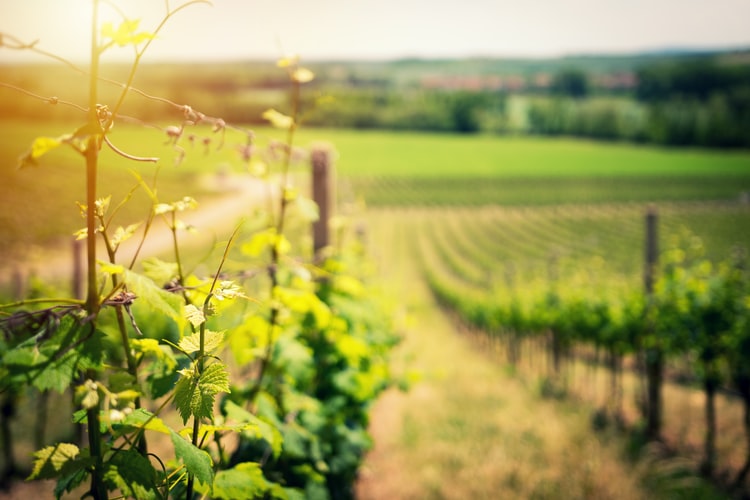
Shifting your vineyard’s growth from traditional processes to organic ones requires a complete change in thinking as well as a reconsideration of your vineyard equipment and supply needs.
While organic certification agencies claim that your vineyard will return to its pre-organic yield within three years, various growers have found that seven years is a more accurate amount of time.
Here are some tips to rebuild your organic vineyard to its former robustness.
Weed Control
Orchard equipment is an investment, which is why it is important to choose the best equipment for your situation and your wallet. When transitioning from conventional growing to organic growing, expect to see an increased need for weeding and tilling. You are cutting back on herbicides and other chemicals. Now you have to do the work manually.
Orchard equipment and specialized vineyard weed control systems like vineyard floor management tools and hyd-row-hoe in-row mechanical equipment help growers manage cover crops and decrease weed presence.
Long-Term Savings
Organic growers save money in the long run. Many growers have found that they do not need to replace their vineyards every 20 years the way conventional growers must. Instead, they rely on vineyard equipment to keep the grounds clean and disease-free.
They save on the cost of pesticides and herbicides and end up with a healthier crop. One grower estimates he saved $600,000 over 20 years thanks to not having to replace his vineyard. Considering the cost savings over time, investing in equipment now makes sound financial sense.
Change Your Mindset
Growers tend to think of the best way to get ahead. They plan for the worst in an attempt to make the most out of a good growing season. In the perfect scenario, a crop will provide enough yield and profit for the upcoming three years. These scenarios do not always exist. In certified organic growing conditions, the mindset is different.
Organic growers start with soil health, which is a long-term consideration. When weather conditions change, healthy soils are more likely to retain water and mitigate the effects of drought. Other growers consider cover crops like alfalfa that fix nitrogen. Though the effects of nitrogen won’t be seen for the first several years of vineyard growth, growers are creating a more sustainable nutritive environment than relying on commercial fertilizers.
Prepare for a Hangover
Your vineyard has been accustomed to a certain way of living. It is dependent on chemicals for survival. When fertilizers and soil conditions begin to change, your crop will begin to change as well. One grower experienced yellowing of the canopy in part due to changes in fertilization. Other changes, like resistance to parasites, can also occur.
You may also begin to see more wildlife between rows. Voles might feast on cover crops and other mammals might feel more comfortable nibbling on organic products. All of these changes are part of a vineyard hangover. It might not be pretty, and you may lose money in the short-term. The long-term benefits are sustainable vineyards and grapes with a clean flavor.
If your acreage is large and if you have been using conventional methods for generations, then begin the process slowly and start with the soil. Caring for the vineyard floor sets the foundation for healthy harvests in the years to come.
